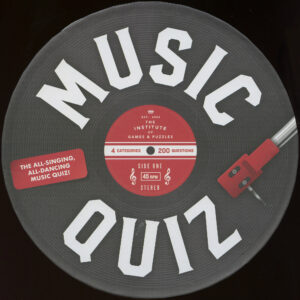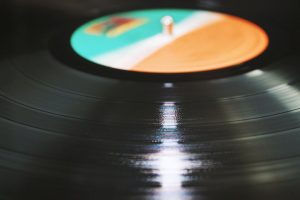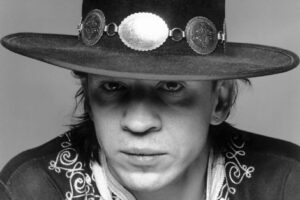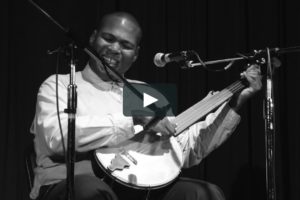At AllMusic, Barry Lee Pearson notes that Big Bill Broonzy said that Estes style was “crying” the blues because his singing was overtly emotional:
Actually, his vocal style harks back to his tenure as a work-gang leader for a railroad maintenance crew, where his vocal improvisations and keen, cutting voice set the pace for work activities.
The profile says he could sleep standing up, which led to his nickname. Pearson sums up Estes as a true blues man:
Over the course of his career, his music remained simple yet powerful, and despite his sojourns to Memphis and Chicago he retained a traditional down-home sound.
The Wikipedia profile says that Estes sounded old, even in recordings made when he was young. This caused researchers to think that he was dead and not look for him. They mention that Broonzy – who had a problem with the truth – said that he had died. He was tracked down by Bob Koester and Samuel Charters in 1962. He was totally blind — originally, he lost one eye when hit by a rock as a kid –and living in poverty. Estes began playing again and appeared at the Newport Folk Festival in 1964 with long-time collaborators Hammie Nixon and Yank Rachell, the profile says.
Above is “Mailman Blues,” which is the only video I could find of Estes playing. It was shot in 1966. Rachell is on the left. Below is”Down South Blues,” which includes some great photos. They presumably are all of Memphis.










